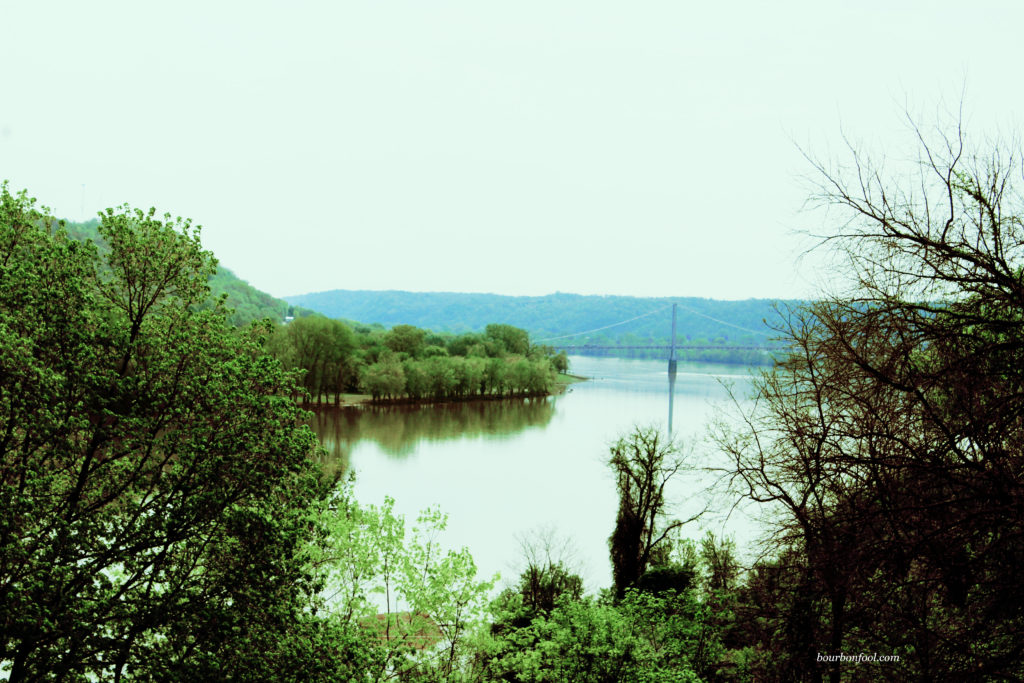
The Ohio and Mississippi Rivers often saw flatboats loaded with bourbon whiskey traveling to destinations including New Orleans. Farmers had limited options to market their goods, and the idea of flatboats gave them greater trade options.
Flatboats were generally one-way vessels because it was almost impossible to make the trek upstream fighting river currents. A farmer would construct a flatboat using basic tools for the sole purpose of transporting goods. The goods were not limited to whiskey but could include tobacco, livestock, and lumber, to name a few.
Products arriving in New Orleans could then be shipped anywhere using access to the oceans from that major port. The Ohio River was a major link to the Mississippi, and it created important cities that became hubs of river travel including Louisville and Maysville, Kentucky.
Lumber in New Orleans
Flatboats were usually one-way trips, and the farmers were looking to maximize their return on the long journey. After selling the whiskey, they could then have the flatboat sold and the lumber used for a construction project in New Orleans. Today it is possible to see barge board Creole cottages in New Orleans. The return trips were arduous journeys, which could take three months on foot.

The introduction of steamboats created a great opportunity for flatboat crews to make multiple trips in a season. They could sell their flatboat for salvage and then make the return trip upriver on a steamboat. This efficiency would save time, which would allow for multiple trips. Sometimes, steamboats would even tow flatboats back upstream which would allow freight to travel in both directions.
Eventually, technology helped make flatboats obsolete. Steamboats and railroads began hauling freight in all directions. Farmers could preserve the value of their corn by distilling it into whiskey rather than risking the grain going to rot. Flatboats loaded with bourbon whiskey allowed the whiskey to be sold in additional markets using river transportation.